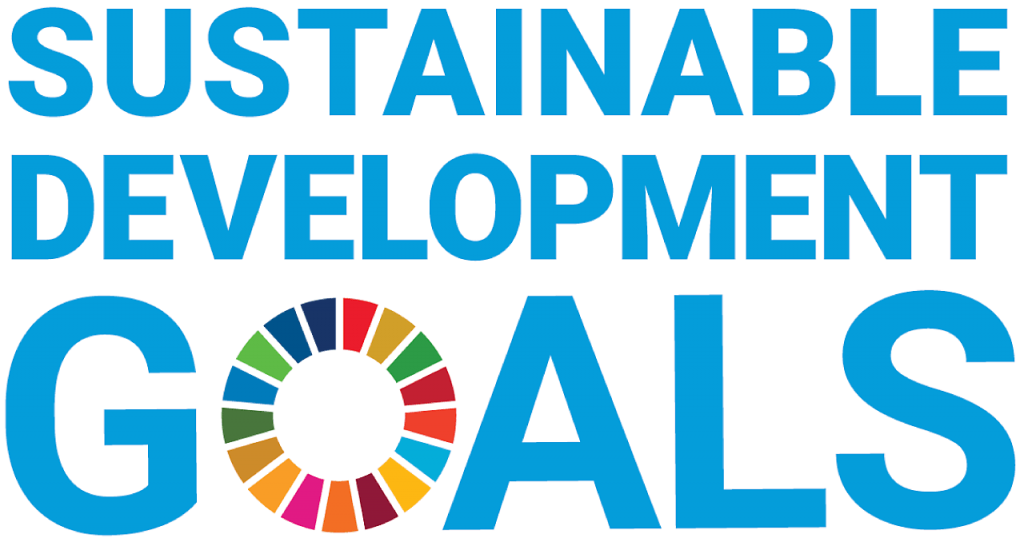The decision to check in multialternative choices and limited sensitivity to default
By: Roth Y.
Published in: Journal of Behavioral Decision Making
SDGs : SDG 03 | Units: Social Welfare & Health Sciences | Time: 2020 | Link
Description: Given the rapid proliferation of smartphone applications and data aggregation websites, in many situations people can us e decision aids to guide their choices. For example, they may consider whether to use a navigation device to check the fastest route or whether to use a price comparison website to find the cheapest deal. In what circumstances will subjects use a costly comparison decision aid (which I refer to as “checking”) to choose for them? In six studies, I investigate the impact of the number of available alternatives and checking's attractiveness on the decision to check. While at first increasing the attractiveness of checking led to higher checking rates, a further increase in the number of available alternatives (and thus checking's attractiveness) did not increase the checking rate. Surprisingly, even when checking had a 40% higher expected value compared with not checking, the observed checking rate was below 45%, contrary to risk and ambiguity aversion predictions. Furthermore, labeling the checking alternative as the default had no impact on its choice rate. I find large individual differences in decisions to check. Surprisingly, subjects' initial decisions had high predictive power over their subsequent checking rates, even after 100 trials with full feedback. I propose two simple learning models that capture well the aggregated results. © 2020 John Wiley & Sons, Ltd.

